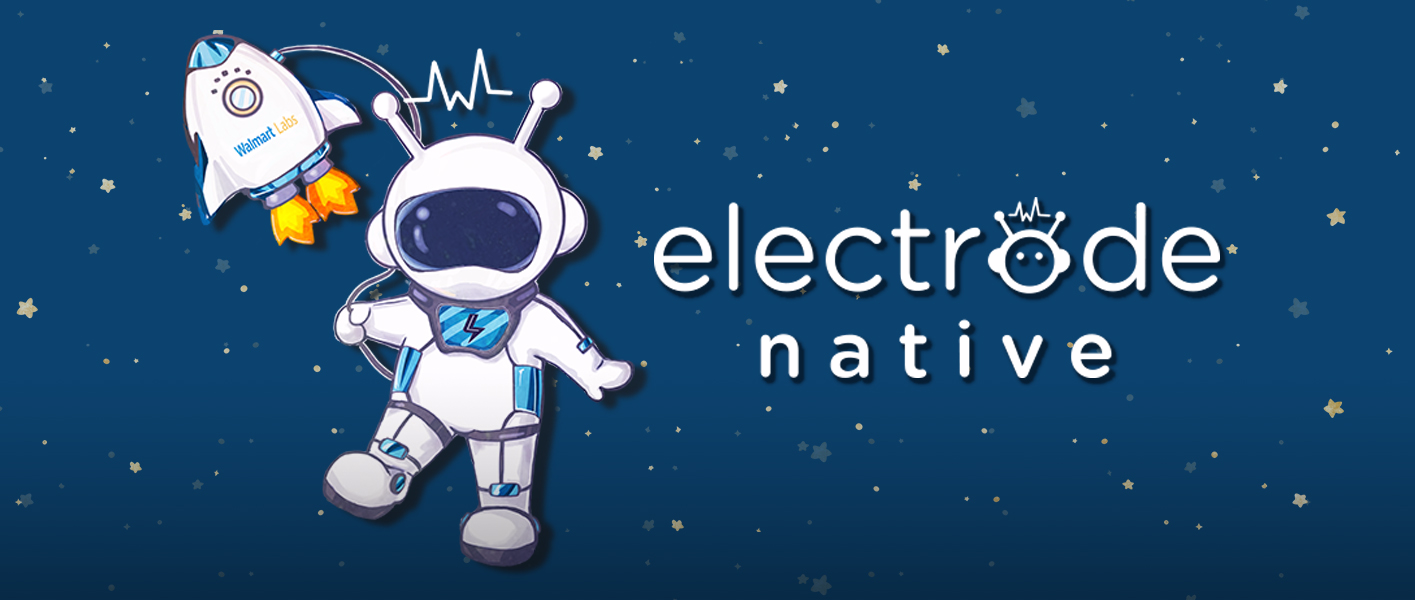
React Native
React Native lets you build mobile apps using only JavaScript. It uses the same design as React, letting you compose a rich mobile UI from declarative components.
- React Native uses the same fundamental UI building blocks as regular iOS and Android apps. You just put those building blocks together using JavaScript and React.
- With Hot Reloading, you can even run new code while retaining your application state.
- React Native combines smoothly with components written in Objective-C, Java, or Swift.
Currently it's full monty or none: Either you use React Native completely for you app or you can't use it at all, e.g. for a single widget or screen. If you face the same situation take a look at:
Electrode Native: The Platform For Integrating React Native Into Your Apps
Electrode Native offers a streamlined integration of React Native into existing mobile applications. With Electrode Native, there will no longer be a need for an engineer who specializes in both mobile and React Native technology in order to put the two technologies together. For your existing mobile application, there is no heavy infrastructure, code, or development lifecycle changes. Electrode Native takes care of all that while providing quite a few more capabilities!
Medium.com
Electrode Native is a mobile platform that simplifies development and streamlines the integration of React Native components into existing mobile applications. Electrode Native requires minimal changes to the existing mobile code base and infrastructure. Using Electrode Native, you can leverage React Native potential in your mobile application.
electrode.io

Comments
Post a Comment